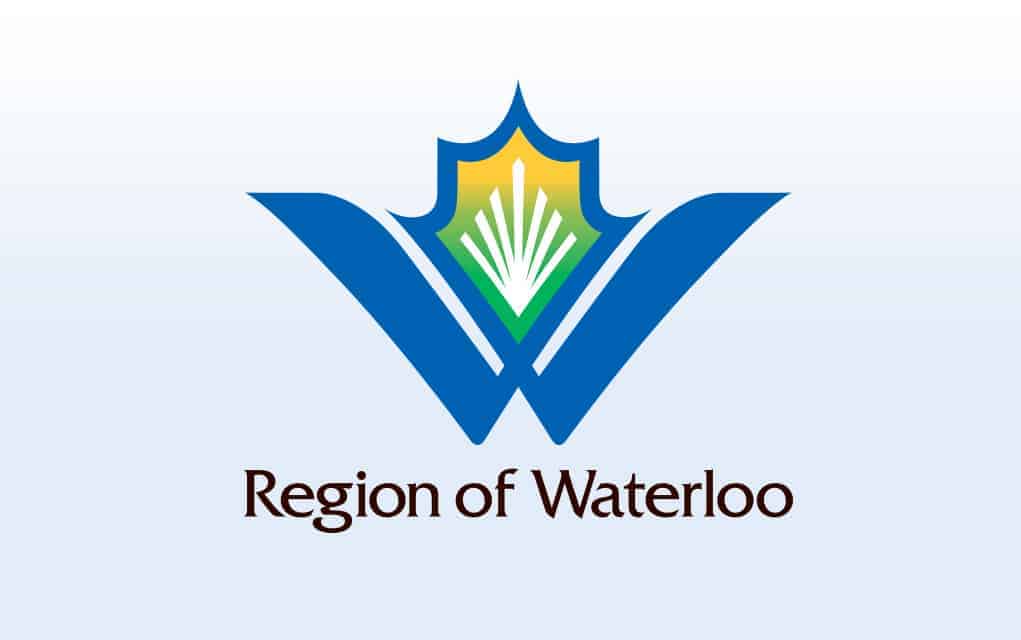Back at the drawing board and seeking more public input, the Region of Waterloo is sure of one thing: more growth.
What that looks like is the focus of the ersatz planning framework known as the regional official plan (ROP), which is supposed to be a guide for the next three decades as the population increases by half again as much to 923,000 people.
The current draft of the new ROP sees some 1,500 acres of new development land, with a focus on increased density. All told, the region expects to see another 121,000 homes built, from single-family through to high-rise apartment units.
The revised ROP discussed last week by regional councillors took into account the feedback from community members who asked staff to prioritize conserving farmland and reducing urban sprawl.
Originally, staff presented three growth scenarios which met the population requirements set by the province to the year 2051, options that saw densities range from 50 to 66 jobs and people per hectare across the region. Urban sprawl ranged from 929 to 5,456 acres of new land opened up for development.
Community members came together and presented a fourth option with a density target of 60 jobs and people per hectare and no farmland lost to the municipalities, a fourth option proposed on top of the three originally rolled out by the region.
Ultimately the region’s recommendation represents, “far less farmland loss than previous proposals that would have seen thousands of hectares of farmland loss in some scenarios,” said environmentalist and option four proponent Kevin Thomason in an email.
Rod Regier, the commissioner of planning, and Daniel De Fields, the director of community planning, led the latest presentation of the recommendation to council.
“The approach is ambitious, achievable, and responsible – it best positions Waterloo Region to achieve its vision for an equitable, thriving, and sustainable region of connected rural and urban communities with a global reach, that will foster opportunities for both current and future generations,” said Regier in an email.
Regier says this official plan recommendation prioritizes 15-minute neighbourhoods. That is, neighbourhoods where residents’ needs and even employment exist within a 15-minute walk or cycle ride from their homes and reflect the region’s transition into a low-carbon community.
Regier and De Fields went through the region’s intentions for each of the municipalities.
Wellesley Township is expected to grow by about 1,700 people and 1,100 jobs. The goal is for Wellesley to be a complete community, and one main consideration is the area’s capacity for waste water treatment. Some 42 acres of new development are proposed to be allocated to Wellesley to accommodate this growth.
Woolwich Township is expected to grow by 22,500 people and 15,700 jobs. Employment expansion will focus mainly around the airport in Breslau. Overall, some 128 acres of residential development and 430 acres of employment land are expected.
The plan is to focus on intensification in areas already built up in Breslau, Elmira and St. Jacobs and to focus on building 15-minute neighbourhoods. A long-discussed bypass road to reroute truck traffic in Elmira was acknowledged in the presentation.
The scaled-down plan is a disappointment to many developers and landowners who had hoped their lands to be included within areas designated for development.
Included in the presentation were 87 requests from developers and landholders requesting their holdings be included in settlement boundary areas.
Mark Kindrachuk, president of Intermarket Developments, was one of those pressing councillors for changes. His company holds land next to existing residential areas and new services on the edge of Cambridge. He said there’s been no clarity on whether the lands would be included in the urban boundary for 15 years, and that the region and municipalities are inconsistent in their approvals of developments.
“The negative impact to the region if these lands are not developed as residential is significant. Three million dollars in lost taxes, $2.7 million in lost development charges, hundreds of thousands of dollars of taxpayers’ money spent by the region for third-party fees for [legal] hearings. And essentially the region would be fighting against us providing housing during a housing crisis with a recession looming.”
Region staff did not comment on the potential of upcoming Ontario Land Tribunal hearings over the recommendation.
Throughout the month of July, staff are inviting residents to provide feedback and participate in the official plan update process with many opportunities for virtual or in-person public information sessions, including an in-person meeting July 13 at the Wilmot Recreation Complex (2-4 p.m., 6-8 p.m.) and another at the regional administrative building in Kitchener on July 19 (2-4 p.m., 6-8 p.m.). There are also virtual sessions in the offing.









